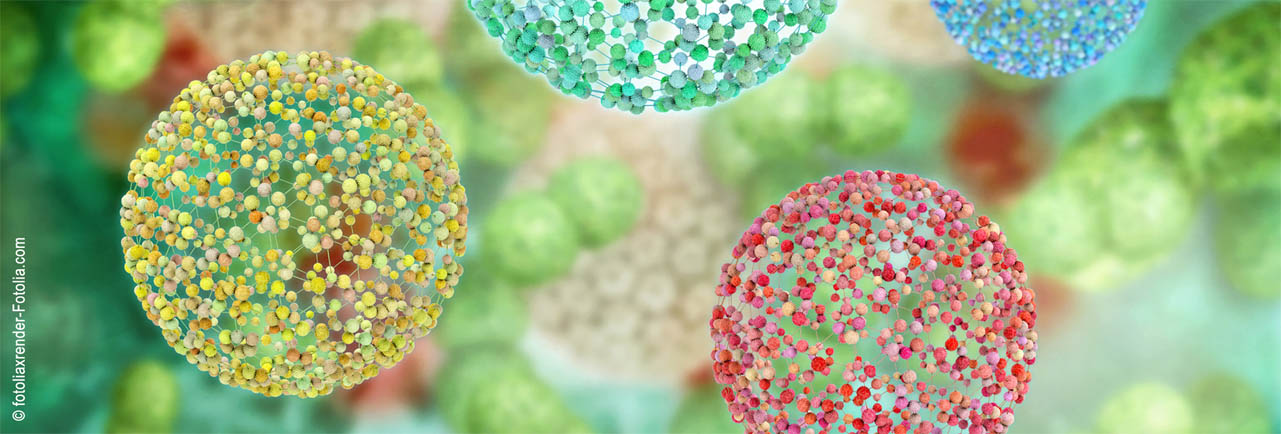Speaker
Description
Targeted protein degradation (TPD) is an emerging therapeutic modality with the potential to tackle disease-causing proteins previously deemed "undruggable" with conventional small molecules. In the 20 years since the conception of a proteolysis targeting chimera (PROTAC), a molecule capable of harnessing the ubiquitin-proteasome system to degrade a target protein, TPD has moved from academia to industry and is attracting substantial interest, with more than 10 PROTACs now in clinical trials.[1] However, PROTACs are very poorly water-soluble and face challenges regarding their development into drug products with sufficient bioavailability. Formulation strategies successfully employed for other poorly water-soluble small-molecule pharmaceuticals, such as amorphous solid dispersions, may help to improve their bioavailability by increasing their solubility and/or dissolution rate.[2]
Pre-formulation studies are required first to understand the physicochemical properties of PROTACs before any such strategies can be implemented, since there is very little literature in the nascent field of PROTACs formulation.[2] Understanding the role non-covalent interactions have on both crystal packing and aggregation in solution is an important step for implementing various formulation strategies. We are currently investigating the crystallisability, stabilisation of amorphous solid forms, formation of coamorphous systems and inclusion compounds of an estrogen-degrading cereblon PROTAC, as well as studying its aggregation behavior in aqueous and other polar media.
- A. Mullard, Nat. Rev. Drug Discov., 2021, 20, 247-250
- F. Postges, K. Kayser, J. Appelhaus, M. Monschke, M. Gutschow, C. Steinebach and K. G. Wagner, Pharmaceutics, 2023, 15, 156

